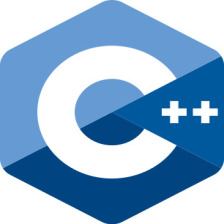在C中,正则表达式的使用可以极大地简化文本处理任务,如搜索、替换和解析字符串。自C11起,标准库引入了<regex>头文件,提供了丰富的功能来处理正则表达式。本文将深入浅出地介绍C++中的正则表达式库,包括常见问题、易错点及如何避免,并附带代码示例。

一、基本概念与用法
在开始之前,我们先了解一些基础概念:
- 正则表达式:一种强大的文本模式匹配工具。
std::regex:表示正则表达式的类。std::smatch:用于存储匹配结果的容器。std::regex_search和std::regex_match:分别用于搜索和完全匹配字符串。
二、常见问题与易错点
- 忽略大小写 在默认情况下,正则表达式是区分大小写的。如果希望进行不区分大小写的匹配,可以通过设置标志
std::regex_constants::icase来实现。 - 特殊字符的转义 正则表达式中的一些字符具有特殊含义,如
.、*、+等。在字符串中直接使用这些字符时,需要使用``进行转义。 - 贪婪与非贪婪匹配 默认情况下,量词如
*和+是贪婪的,即尽可能多地匹配字符。使用?可以使其变为非贪婪的,即尽可能少地匹配字符。 - 捕获组与引用 使用括号
()可以创建捕获组,通过\1、\2等可以在正则表达式中引用前一个捕获组的内容。
三、代码示例
下面通过几个示例来具体说明上述概念:
四、总结
通过上述示例,我们可以看到C++中的正则表达式库提供了强大的文本处理能力。理解并正确使用正则表达式,可以显著提高编程效率和代码质量。记住,实践是掌握任何技能的关键,多编写和测试正则表达式可以帮助你更好地理解和应用它们。
以上就是关于C++正则表达式库的快速入门指南,希望对大家有所帮助!





















 1万+
1万+

 被折叠的 条评论
为什么被折叠?
被折叠的 条评论
为什么被折叠?








